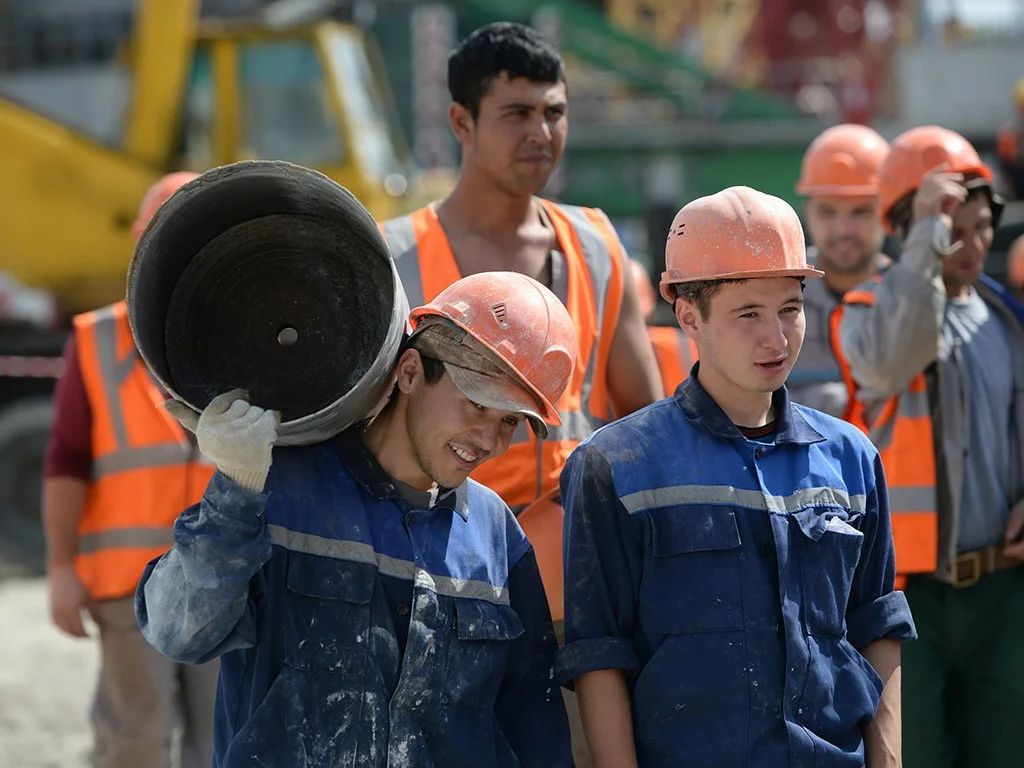This year, Tajikistan adopted a concept for the development of productive employment for the period up to 2040. According to the document, it is planned to create 100 thousand new jobs annually.
But experts believe that in today's conditions it is impossible to employ such a number of people in the country.
Why – in the material CABAR.asia
Migration to Russia is only growing
Russia is the main direction of labor migration from Tajikistan. Despite the current Western sanctions due to the Russian-Ukrainian conflict, the number of Tajik migrants who left for Russia has doubled.
Minister of Labor, Migration and Employment Shirin Amonzoda said at a press conference on July 26 that more than 322 thousand people went into labor migration in the first six months of 2022. This is twice as much as in the same period last year. During the same period, 412 Tajiks received Russian citizenship and left the country with their families.
Currently, 90% of Tajik migrants go to work in Russia.
Almost half of them – 710 thousand - will be involved in the work with the assistance of labor and employment agencies.
More than 355 thousand people will be employed in enterprises and organizations. 294 thousand people will be employed at the expense of vacant jobs, 4 at the expense of quota jobs

Photo from stroyportal
At the end of last year, at a job fair in Dushanbe organized by the Ministry of Labor, JSC Rogun HPP presented 2,677 new jobs to applicants. In addition, the recruitment was announced by such enterprises as JSC Tajikhydroelectromontazh, CJSC Tunnel Saddi Orieno, JSC Experimental Mechanical Plant with a salary from 2 to 4 thousand somoni.
It is not uncommon for employers to look for programmers, cooks, financiers, builders and other professionals with decent salaries.
But for some reason, no one is in a hurry to get a job there: Rogun, for example, has not found any workers. According to experts, the reason is that most Tajik youth do not have the appropriate qualifications.
In Tajikistan, the discrepancy between the skill level of personnel and the requirements of the modern market is a widespread problem.
Despite the fact that in the republic, along with hundreds of secondary specialized educational institutions in the vocational training system of the Ministry of Labor, there are 5 centers, 41 branches, 29 representative offices, including the "Training Center"
 English
English
 Русский
Русский 





















